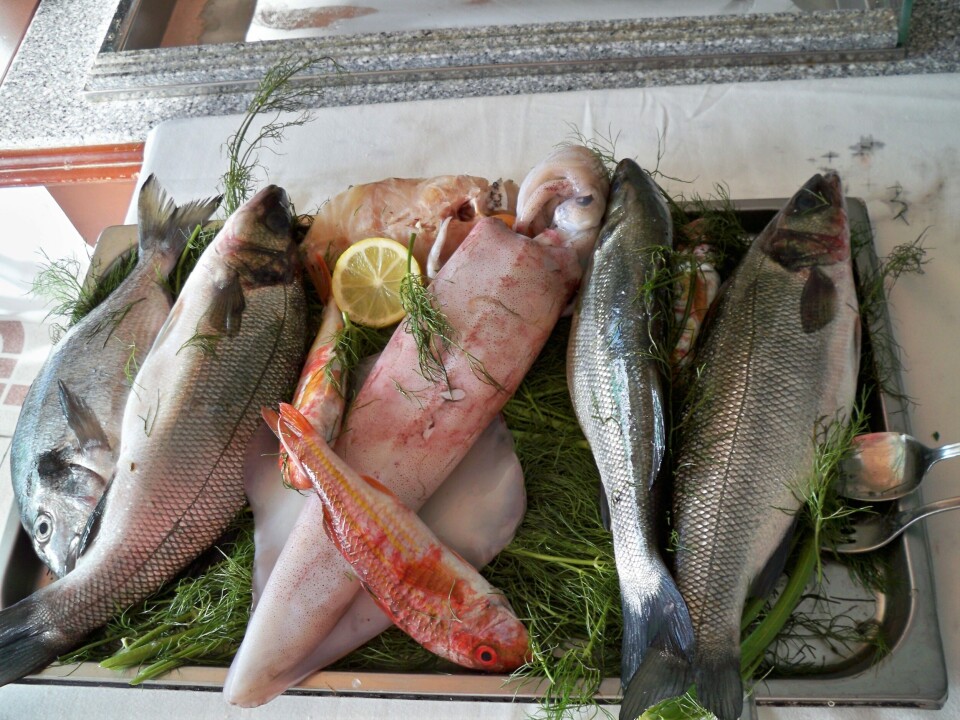
More detailed labeling of seafood required by new law
As World fish stocks are facing increased pressures from a hungry and growing population with more money to use on the purchase of health- promoting food, more focus is being placed on the accurate labeling of various forms of seafood. Traceability is the new buzz-word, where buyers want to know first of all what kind of fish they are actually buying, but also where and when the fish was caught, and preferably what boat hauled them in or what farm they came from. And more than ever before- this information is becoming easier to obtain.
An example is the common referral to all species of Pacific salmon as “wild” salmon, without specifying which of the five species are offered for sale. Right now one can buy 5 pounds of sockeye salmon fillets from the Copper River in Alaska at fish mongers in Seattle for a mere US$194.50, which works out to about € 66/ ~NOK 488 per kilo. At the same time, pink salmon will wholesale for a price typically in the US$ 2.50 – 5.50 per pound range (~€4.25 – 9.35 per kilo). Another example is the dozens of species of Pacific Rockfish that are almost all sold as “red snapper”.
Former IntraFish correspondent Ben DiPietro now writes for the Wall Street Journal, and he provided some more insight into the Washington State move earlier this month;
A law to help protect consumers from being victims of seafood fraud was signed into law this week in Washington state by Gov. Jay Inslee. The bill requires all fresh, frozen or processed fish and shellfish to be labeled by its common name as defined by the state’s Department of Fish and Wildlife. If the name of a particular fish species is not defined by the department, the market name as outlined in the U.S. Food and Drug Administration’s guidelines can be used.
The bill comes in response to a push by advocacy groups such as Oceana to have more straightforward labeling of fish. Oceana and other groups and media outlets have conducted studies showing up to one-third of all the seafood sold in the U.S. in supermarkets and restaurants is mislabeled, either intentionally or unintentionally. “This bill is a win for seafood processors, fishermen, consumers, and, ultimately, healthy and productive oceans,” Whit Sheard, a senior advisor with Oceana, said in a statement. The bill also includes restrictions on which species can be called “halibut” and requires salmon be labeled by their scientific or common names to avoid confusion among consumers who may be wanting to buy wild salmon and instead wind up with farmed salmon.
Chris Bell, sustainability officer at the Pike Place Fish Co. in Seattle, said the law will help give assurance to consumers the fish they are buying is not being misrepresented. Pike Place Fish Co. was already putting country of origin and whether the product is wild or farmed on its labels–”all the stuff the bill is telling other seafood sellers to do,” Bell said. “It’s a great thing,” Bell said. “It is important in our industry to have people who can come up to us and know what they are buying is what we said it is.”






















































